Magnetic flap level gauge, as an important instrument in the field of industrial automation, is widely used in medium level detection of various towers, tanks, tanks, spherical containers and boilers.
Its simple and efficient principle makes it a leader in the field of liquid level measurement.
So, what is the working principle of the magnetic flap level gauge? Next, let us unveil its mystery together.
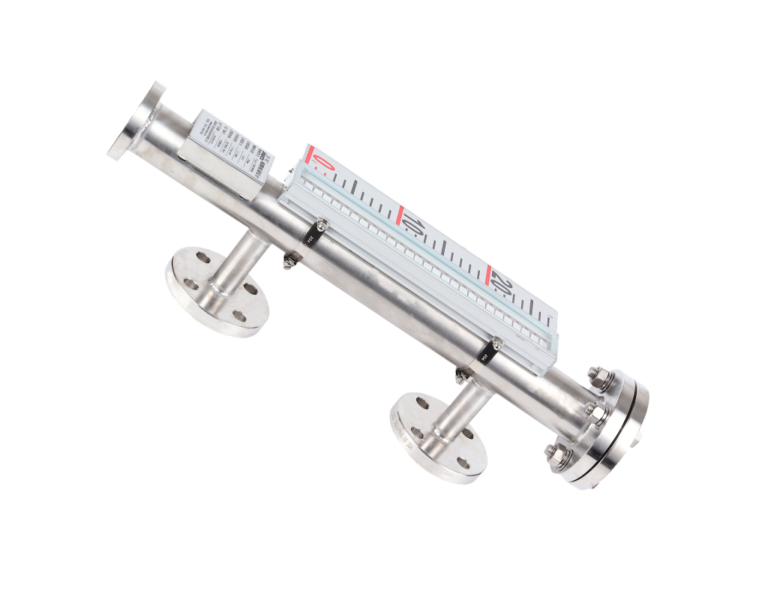
First, the key component of a magnetic flap level gauge is a cavity containing a float, which we call a main pipe or float.
This float is connected to the container through a flange or other interface, so that the liquid level in the float is highly consistent with the liquid level in the container. The float rises and falls with the rise and fall of the liquid level in the container.
The float is usually made of a material with buoyancy properties, such as stainless steel or titanium alloy, to ensure that it can float freely in the liquid.
A magnet is installed at the junction of the float entering the liquid and the floating part.
The function of this magnet is to transfer its magnetism to the external rotating column display through the shell when the float rises and falls with the liquid level.
A group of red and white semi-cylinders are installed inside the rotating column display, which we call magnetic flip columns.
When the float rises and falls with the liquid level, the magnetic flip column is flipped by the magnetism, thereby achieving color change.
The junction of the two colors is the height of the liquid level. By observing this junction, we can intuitively understand the liquid level in the container.
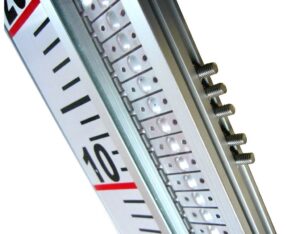
So, how does the magnetic flip column achieve flipping? In fact, the flipping principle of the magnetic flip column is closely related to the magnetic coupling effect.
When the float rises, the magnet on it also moves up, attracting the red part of the magnetic flip column to flip to the top, and the white part to flip to the bottom.
Conversely, when the float drops, the magnet pulls down, causing the white part to flip to the top and the red part to flip to the bottom. In this way, through the magnetic coupling effect, we have achieved the flipping of the magnetic flip column, thereby clearly indicating the height of the liquid level.
In addition, the magnetic flap level gauge has some other advantages. For example, its structure is simple, the observation is intuitive and clear, there is no blockage or leakage, it is easy to install and simple to maintain.
At the same time, since the working principle of the magnetic flap level gauge does not involve complex mechanical structures or electronic components, its stability and reliability are also well guaranteed.
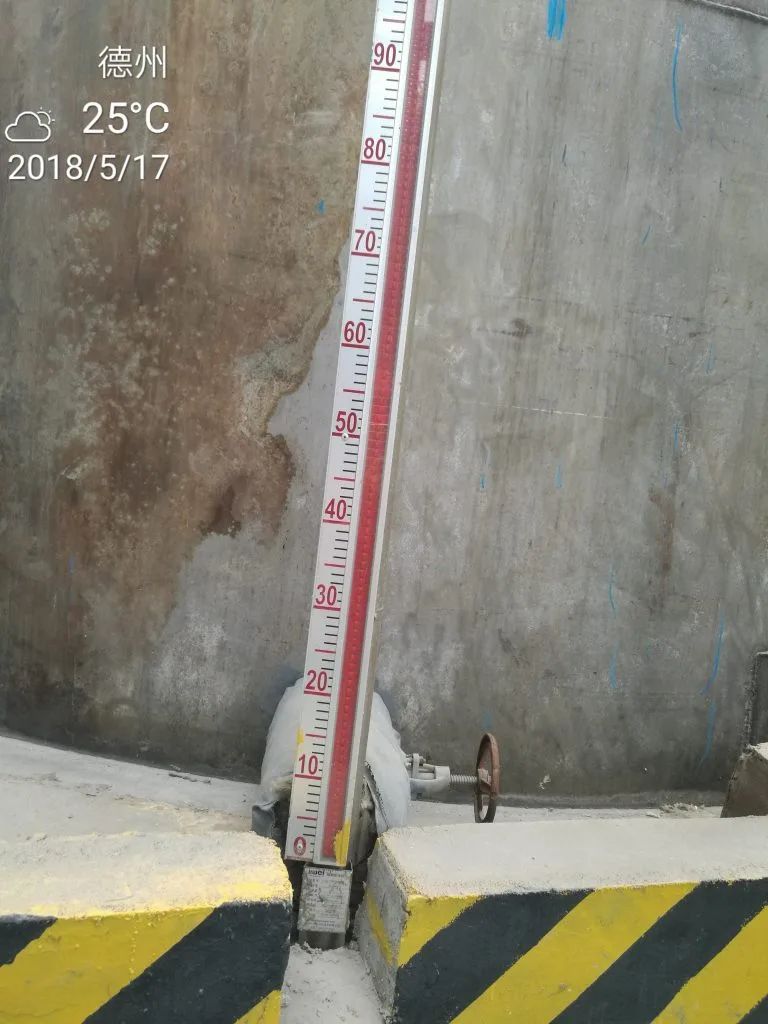
The following are the advantages of the magnetic flap level gauge:
1. High reliability:
It adopts the principle of magnetic coupling, does not require power supply, and is not affected by power failure.
It has a simple mechanical structure, stable and reliable operation, and requires little maintenance.
2. High-precision and clear display:
The liquid level display uses a red and white or two-color flip plate, which has clear indication and convenient and intuitive reading.
It can provide accurate liquid level measurement and is suitable for application scenarios with high precision requirements.
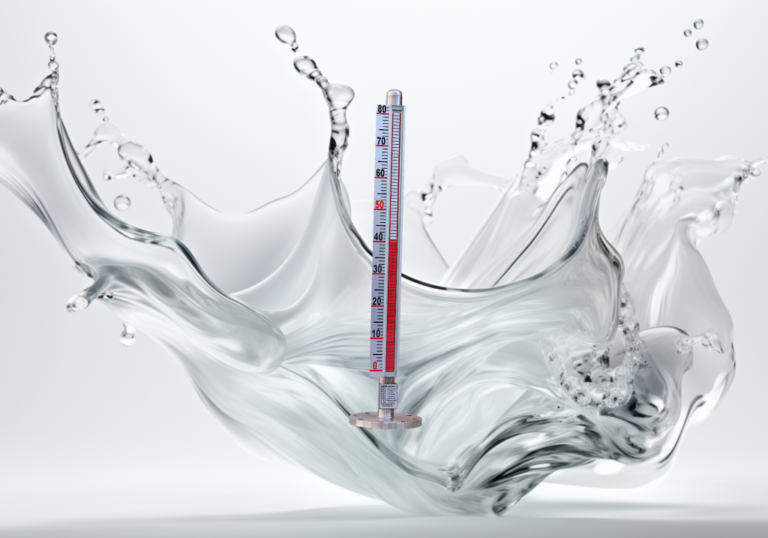
3. Wide applicability:
Applicable to high temperature, high pressure, highly corrosive media and complex working conditions.
Can be used for liquid level measurement of various storage tanks, containers, boilers and other equipment.
4. Multiple material options:
Different materials (such as stainless steel, titanium alloy, plastic, etc.) can be selected according to different media and working conditions, with good adaptability and corrosion resistance.
5. High safety:
The fully enclosed structure design avoids the risk of liquid leakage and improves the safety of the system.
6. Easy installation and maintenance:
Simple on-site installation, no special adjustment required, easy maintenance.
Can be equipped with various installation accessories to meet different installation requirements.
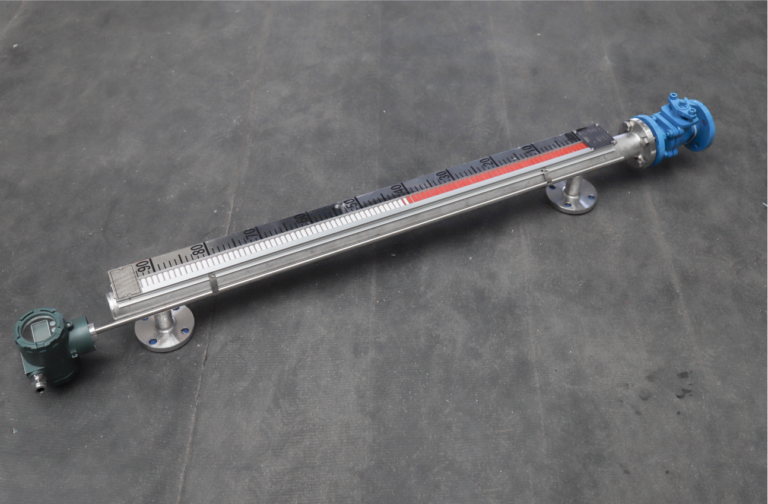
7. Extended functions:
Can be equipped with accessories such as magnetic switches and remote transmitters to achieve remote monitoring and control of liquid levels.
8. Strong anti-interference ability:
Not affected by electromagnetic interference and vibration, ensuring measurement stability and reliability.
These advantages make magnetic flap level meter have a wide range of application prospects in industrial automation control systems, especially in the petroleum, chemical, electric power, metallurgy and other industries.

In general, the magnetic flap level gauge realizes a simple and efficient measurement of the liquid level in the container through the buoyancy principle and magnetic coupling.
Its principle is simple and easy to understand, and its operation is convenient and fast, making it widely used in the field of industrial automation.
I hope that through the introduction of this article, everyone has a deeper understanding of the magnetic flap level gauge.
